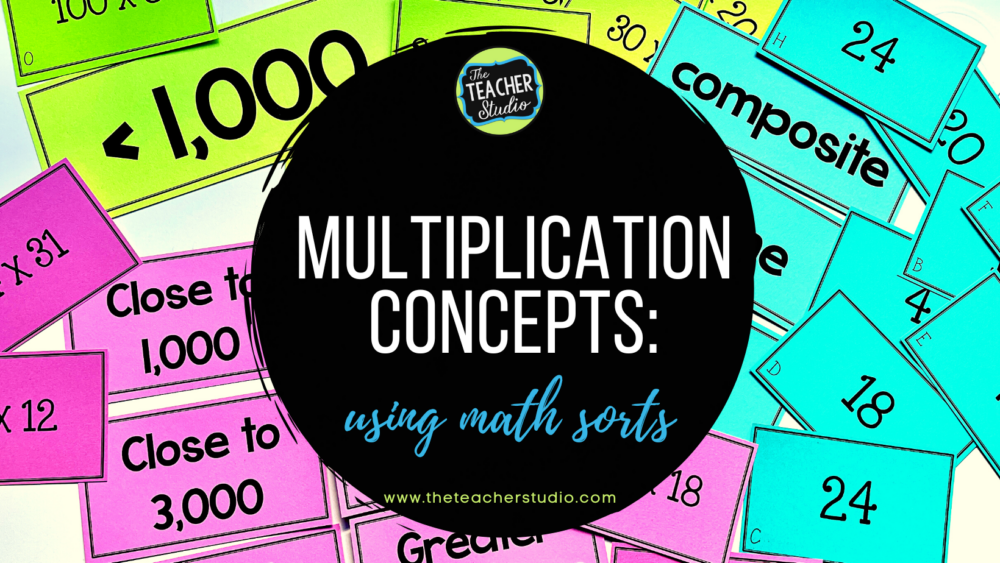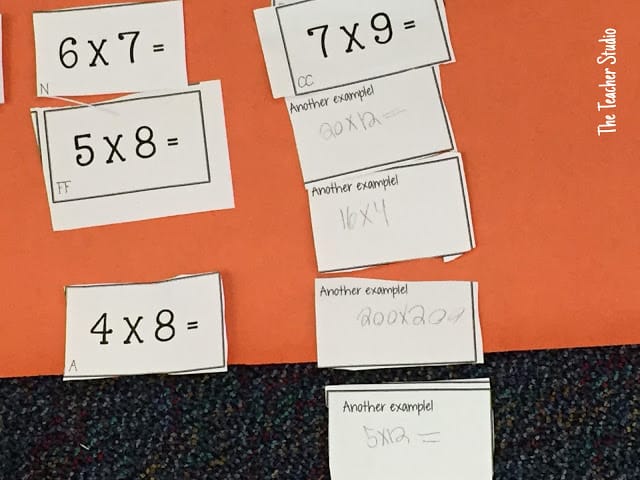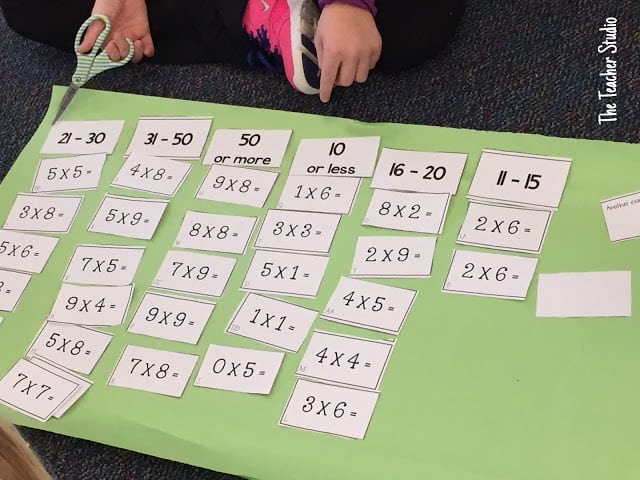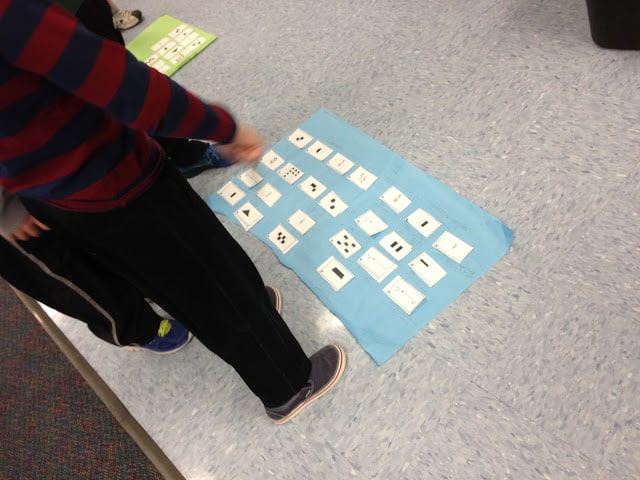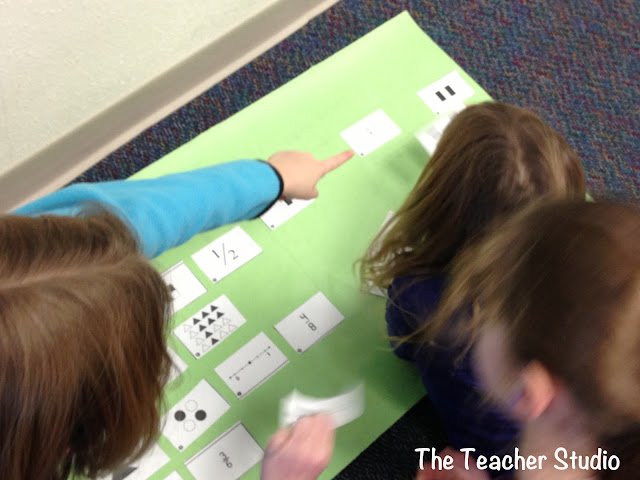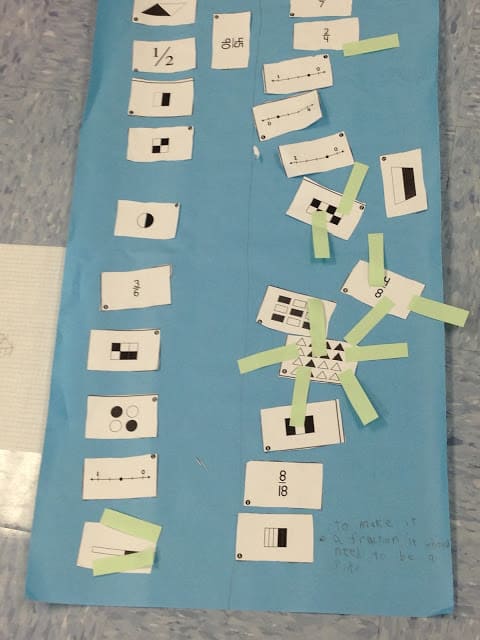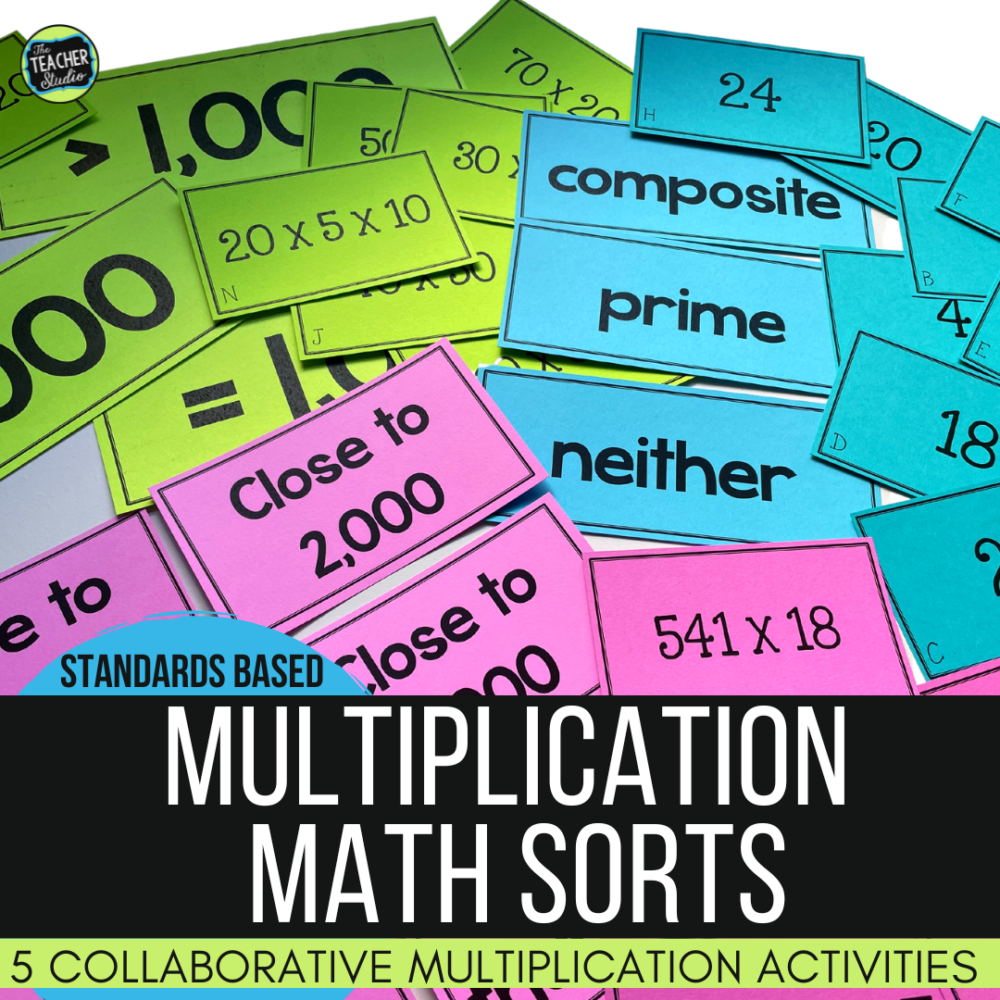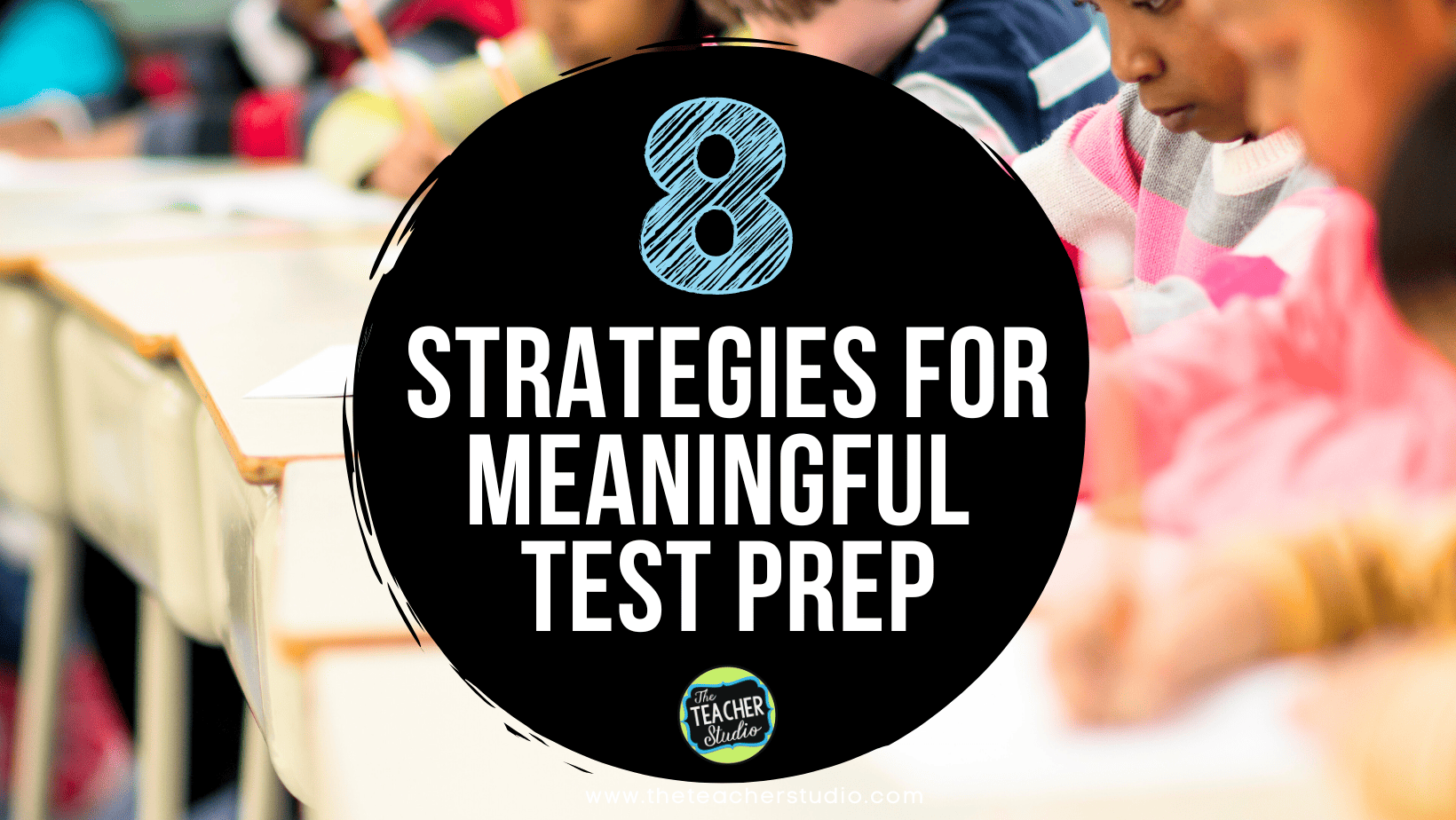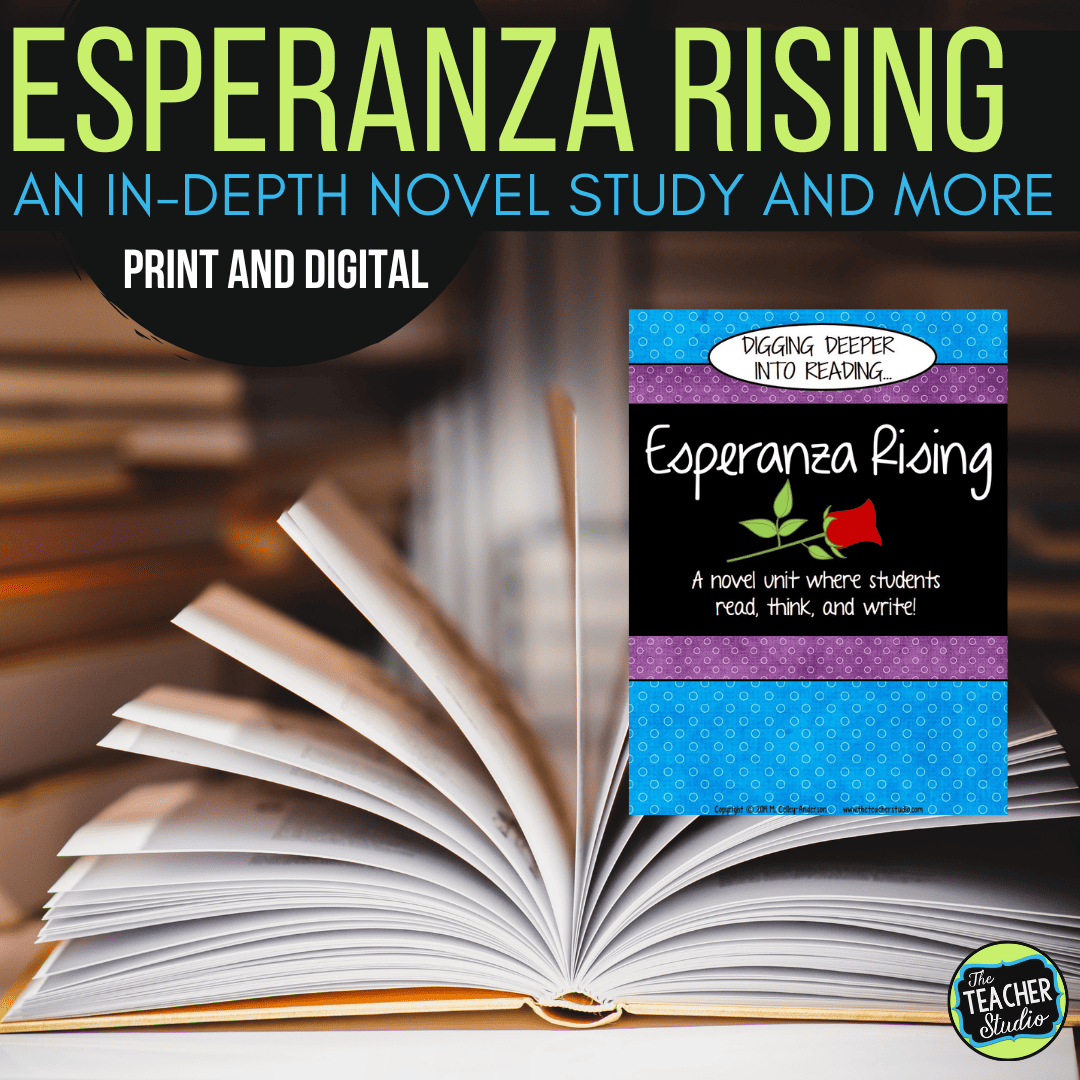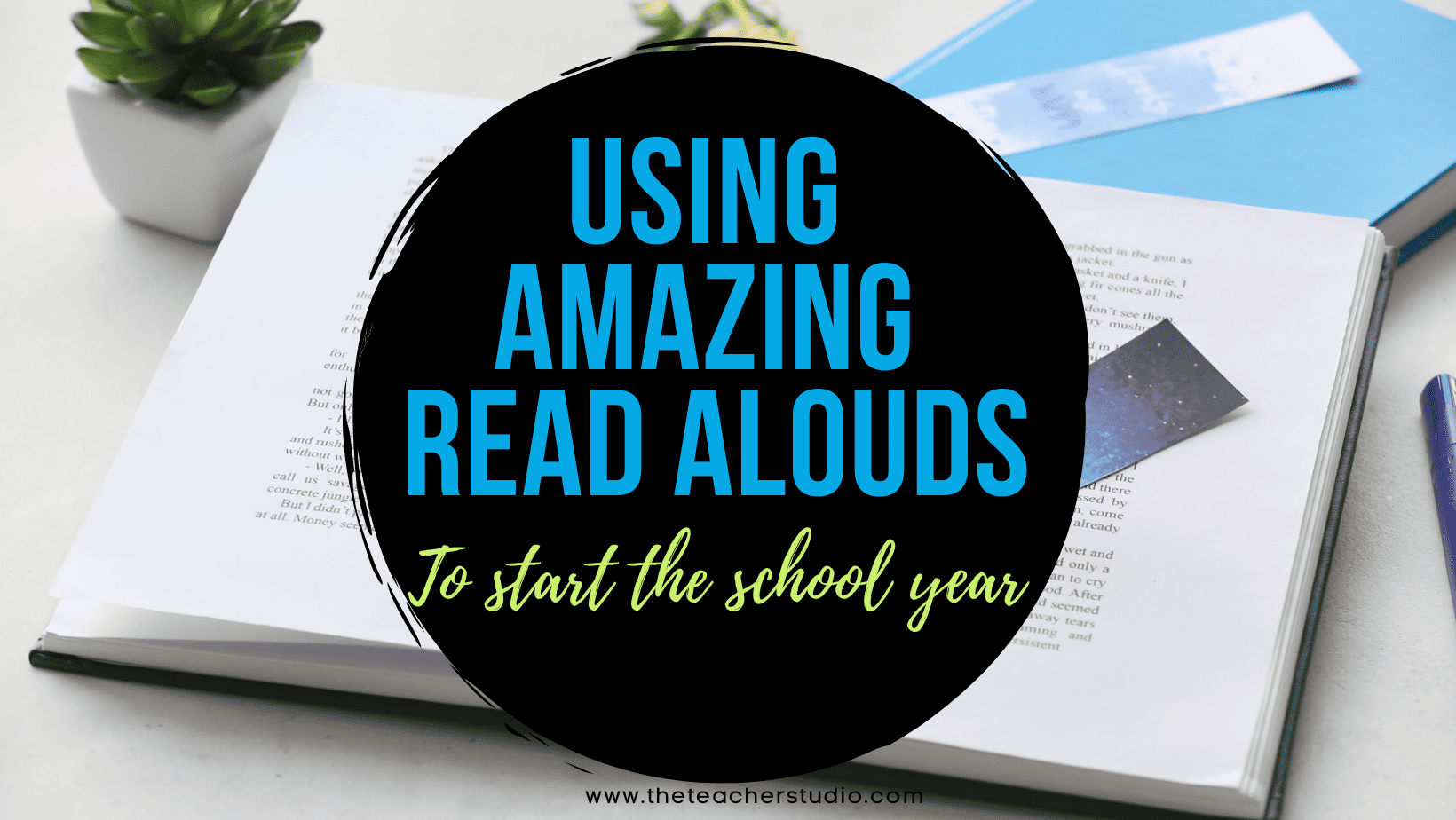Helping my students organize their thinking and learning in different ways is very important to me. As I started our multiplication concepts work, I knew I needed to dig in and get to know my students and their understanding. One method I have found to be very successful is to ask students to take work samples or problem types and sort them into categories. People who use Words Their Way do this all the time with students as they look for sound or letter patterns that help them understand how words are put together. Concepts sorts in math are just as valuable! This post focuses on using math sorts to teach multiplication concepts.
In fact, I find concept sorts particularly useful in math and the content areas as well–and I really believe it helps students make connections among ideas. In fact, two of Marzano’s effective teaching strategies–cooperative learning and identifying similarities and differences–are utilized with this activity. If research has shown solid evidence that categorizing and finding similarities and differences works—I’m all for it!
How to Use Math Sorts
Here is how I tend to use these sorts—although please know that there is no RIGHT way! Get creative and let the students guide you as you go. Here is one example of a multiplication concepts sort I did with my students. I started by splitting my class into groups of 3. (I like trios for lots of reasons…because it allows for better dialogue, it helps strugglers, and also allows for one extra person in case a third person gets pulled out of the group or has to leave for any reason!) For this sort, I gave each group a small piece of bulletin board paper for them to do their sort. They grabbed their sort cards, cut, and started to organize them!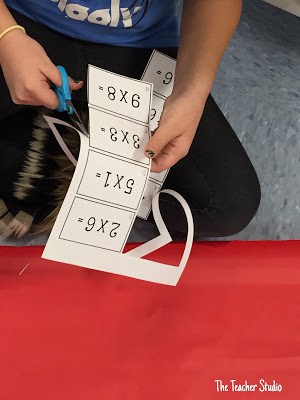 As my students sorted, I simply walked around and eavesdropped! It was a great time to listen for math language, to listen for any misconceptions, and to see who was feeling confident and who was not.
As my students sorted, I simply walked around and eavesdropped! It was a great time to listen for math language, to listen for any misconceptions, and to see who was feeling confident and who was not.
 As my students sorted, I simply walked around and eavesdropped! It was a great time to listen for math language, to listen for any misconceptions, and to see who was feeling confident and who was not.
As my students sorted, I simply walked around and eavesdropped! It was a great time to listen for math language, to listen for any misconceptions, and to see who was feeling confident and who was not.Students begin to question each other, ask questions of each other, and help one another come to higher levels of understanding. My role is simply to be an observer—I really don’t get involved at this point…even if I see errors. Trust me on this!
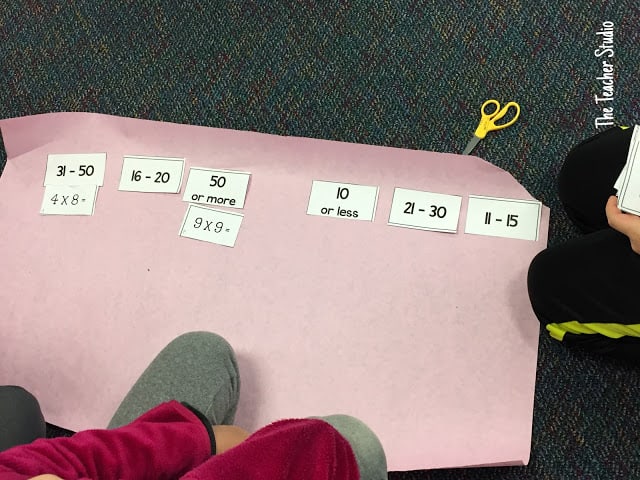 |
| Check out the order of the headers…that led to a great discussion! |
Pushing Students’ Thinking About Multiplication Concepts
This sort was a review sort for my students: They needed to sort the multiplication facts by product. Of course, students have different levels of understanding of multiplication concepts, so it was fun to see students’ thinking and processing as they worked. We had great discussions about what the different headers meant and how students could best organize their work. In fact, many teams put the headings in random order at first; we talked about how the dictionary is arranged in alphabetical order to help us find things easily.
In math we often put information in numeric order. Now…it would be plenty easy to have the students stop at this point, but I am working hard with mine on to get them to think more deeply so I had them also use the blank cards to make some additional facts that would fit in each category. This is a GREAT way to extend each sort—especially for students needing enrichment. We so often focus on memorizing facts rather than helping students look for patterns and building multiplication concepts.
Some of my students even asked if they could use fractions. I granted permission to one team once they proved they understood what they were doing.
Math Sorts and Gallery Walks
I gave the students a total of 15 minutes to do this job—and there were a few groups that did not get every card sorted. That’s okay. If I gave some groups 45 minutes, they may not have finished! I like to keep things moving—I even had a visual timer up on my Smartboard so they know how much time they had left.
After time is up, I typically continue the activity with a gallery walk. Although actually DOING the sort is a valuable activity, gallery walks can add a whole new level of critique to the lesson! Each trio can take a post it note and cut it into three “tags”. They then are allowed to “tag” up to three spots on other groups’ papers where they felt an error was made. I did not do this gallery walk with this sort because it was a review sort. Here is what it would look like! (This is from one of my fraction sorts–so don’t get confused!)
Were we finished with our multiplication concepts sort?
Not yet! Each group then went back to their “home base” and looked at the results. They then discussed any “flagged” items and we went through some of the most challenging ones as a class. The entire activity took us 25 minutes from start to finish! Are you ready to give it a try? This resource includes FIVE different multiplication sorts for you—including the one pictured earlier in this post. From sorting multiplication facts to prime numbers to extended multiplication facts to estimation, this set of sorts should help deepen your students’ understanding of multiplication. Click HERE or the image below to check it out!

